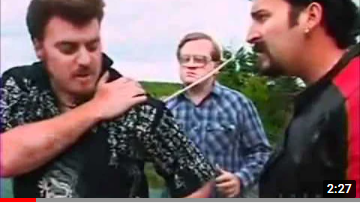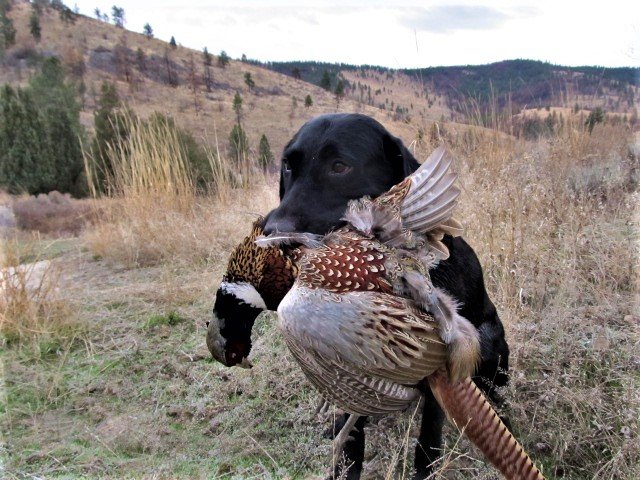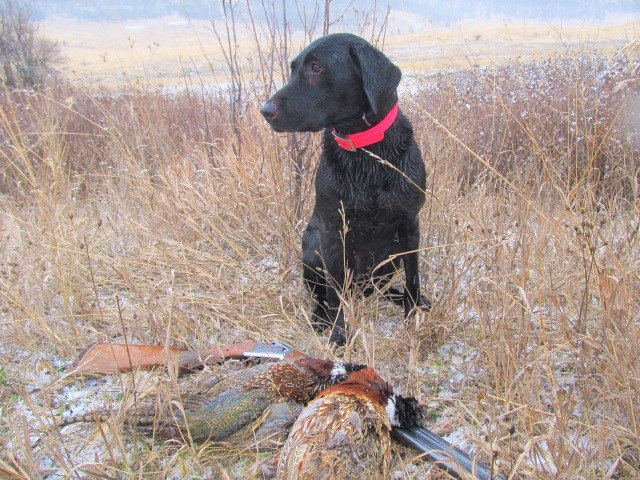OntarioHunter
Well-known member
- Joined
- Sep 11, 2020
- Messages
- 5,997
Try the Wood Bottoms at Loma next time you're up that way. I used to do well for Huns there although it seems to get a lot more hunters in recent years. Great habitat on the edge of grain fields all the way round the valley. You can spend all day working it. Be careful where the field runs out to the river. That cutbank is really something. Had a shot at a rooster there last fall and pulled it at the last second when I realized what a mistake it would have been if Ellie had jumped over that cliff. The cutbank on the other side of the river is downright spectacular.I hunted outside of Great Falls last week. Similar to your findings, birds are very concentrated around water because of limited feed away from it.
We never saw a single Hun, and sharp tails were somewhat scarce as well. This is an prolonged after affect of the huge snows a couple of years ago, and then drought on top. Very few of the snow berry bushes had any fruit.
Last edited:












